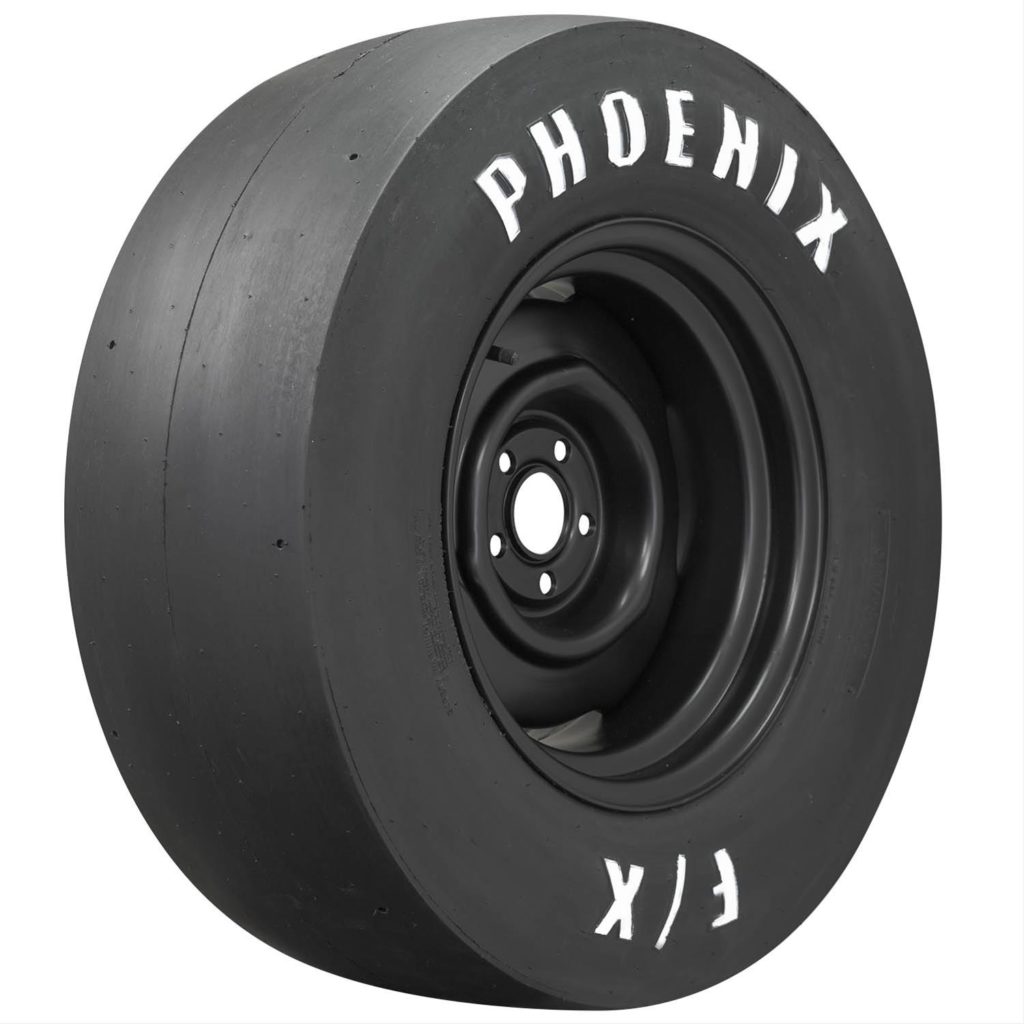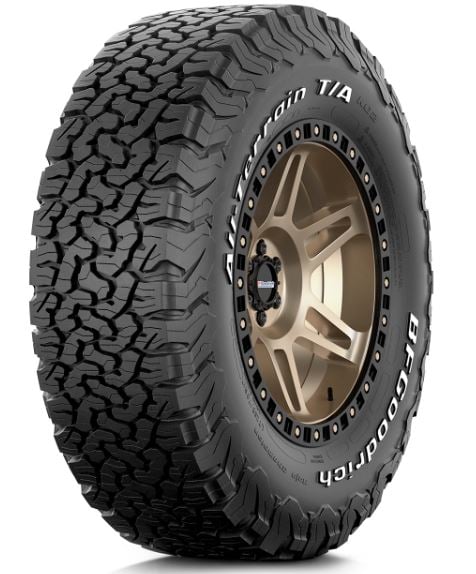Sign up now to join the JEGS email newsletter and be the first to learn about new products, special deals and e-mail only offers!


Traction is one of the most crucial elements in putting together a respectable ¼-mile time. You can have all the power possible, but if your car can’t send that to the tarmac efficiently, you’ll only lose time. That’s why picking the right drag racing tires is so important. Whether on a purpose-built machine or a street car you take to the drag strip on the weekends, your choice of tire could make all the difference.
This guide covers all the essential elements you should know about before picking your first set of drag tires.
The first aspect to consider when upgrading the wheels and tires of your car is the sizing. A common misconception is that a wider tire translates to a larger contact patch and, consequently, better grip. While this is partially true, it isn’t the best approach when you only want to go fast in a straight line.
On a drag strip, it’s just as important to have a tire with a larger sidewall than one wider than the stock tires. A taller sidewall gives the tires more room to flex and fold under the hard acceleration they are subject to, aiding traction.
If you’re turning your street car into a drag machine, the tire sizes you can choose from will be restricted by the stock wheels. The most straightforward solution is to downsize the wheels. For instance, if you’re running a late-model Ford Mustang Shelby GT500 with its stock 19-inch wheels, downsizing to race-spec 15-inch or 17-inch wheels will not only help you shave off some weight but also let you equip the car with tires that have more substantial sidewalls.
(Enter the size on the tire as separate measurements. For example, P235/60R15 is entered as 235 for width, 60 for aspect ratio, and 15 for wheel diameter)
Width (in millimeters):
Aspect Ratio (percentage):
Wheel Diameter (in inches):
Sign up now to join the JEGS email newsletter and be the first to learn about new products, special deals and e-mail only offers!

Once you’ve figured out the wheel and tire sizing, the next step is to decide what kind of tires you’ll be running. By definition, traction is the friction between the tires and the road surface that allows a vehicle to move forward. The two main factors that affect traction are tire tread and tire compound.
Street tires are typically made of a harder rubber compound that compromises grip and traction in exchange for durability. They also have different tread patterns that allow them to work effectively on varying surface conditions, and dispel water in the wet, so you can drive safely even when it rains.
On the other hand, race tires are usually slicks that lack any sort of tread pattern, maximizing contact patch with the ground. They’re also made from a softer rubber compound that’s notably grippier but nowhere near as durable.
These softer compound tires also get stickier with heat — that’s why you’ll see drag racers performing a wheel spin before they line up at the lights. On the flip side, slick tires are near-impossible to drive on wet surfaces. So, if you’re taking your street car to the drag strip, it makes sense to have a set of aftermarket wheels with the tires of your choice that you can swap onto the car.
Drag radials are purpose-built tires that are ideal for maximizing traction. Like race slicks that you’d find on a Formula 1 car, these tires are made from a soft compound with one goal in mind — maximum traction in a straight line. As their name suggests, drag radials comprise a radial construction to allow safe travel to and from the track and to maximize traction right off the line. Unlike slicks, they also come with a reduced tread depth and thick sidewall that helps them maintain stability and structure at high speeds.
However, as mentioned above, these drag racing tires aren’t great for street use. If you want to avoid the effort of having two sets of wheels that you swap between for street and drag use, you can consider getting DOT-approved drag radials. These soft compound tires aren’t as grippy as full slicks, but they’re street legal, so you can also use them on the street. That said, they will return significantly less mileage with a set lasting between 3,000 and 5,000 miles, depending on road surface conditions and how often you race with them.

Tire care is often overlooked when it comes to drag radials or other drag racing tires. However, if you take care of your rubber, you can extend its lifespan.
Some drag radials are directional until broken in — running them the wrong way can cause the tread to peel off, damaging the tire. So, ensure you mount the tire the right way and break it in with a few practice runs before going all out.
It’s also important to rotate tires once they start to wear. The rubber on the tires can ball up into little ‘marbles’ that adversely affect grip. When this happens, swap the tires onto the other side of the car, so they run in the opposite direction. This will help smooth out the balling and improve life. Remember, this is to be done only once the tires have been broken in.
The next step you can take in protecting your tires is storing them the right way. Unless you drag race for a living, it’s unlikely you’re going to the drag strip every weekend. Your tires can stay unused for weeks on end, and keeping them away from sunlight with a lowered tire pressure (about 5psi) will help reduce damage. The heat from sunlight can cause the air in the tire to expand and cause wear.
The key takeaway from this article is that traction is of fundamental importance in drag racing. If power is sent to wheels that can’t effectively transfer it to the ground, you’ll only experience a ton of wheelspin and lose time. And, in drag racing, every millisecond counts.
At JEGS, you can find some of the best drag radial and slick tires available in the United States. These purpose-built tires are manufactured by industry pioneers like Mickey Thompson Tires, Hoosier, and M&H. The extensive JEGS portfolio has other performance tire and wheel components, like tire covers, wheel nuts and caps, and lightweight wheels.




